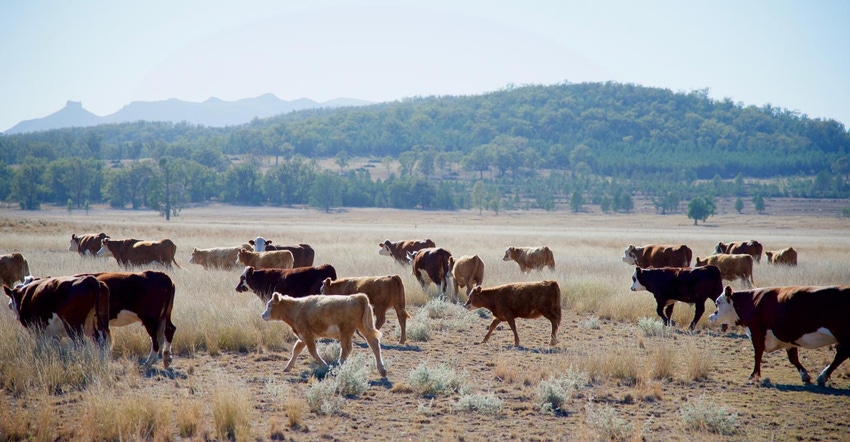Ranchers prepare as drought conditions worsen.
June 30, 2021

A rancher told me once, “If you’re waiting for the drought to prepare for a drought, you’re too late.”
Isn’t that the truth?
Grassland management isn’t just for dry years; it’s a constant effort to maintain, regenerate and improve upon the land under your care.
Now much of the country is headed for drought, with worsening conditions with each passing day.
This isn’t our first rodeo, of course, but the impacts of this one may be harsh and long-lasting.
Henry Fountain for the New York Times describes how the countryside is being impacted. Fountain writes, “Much of the Western half of the United States is in the grip of a severe drought of historic proportions. Conditions are especially bad in California and the Southwest, but the drought extends into the Pacific Northwest, much of the Intermountain West, and even the Northern Plains.
“Drought emergencies have been declared. Farmers and ranchers are suffering. States are facing water cutbacks. Large wildfires burned earlier than usual with more major fires burning in Arizona, New Mexico and other states. There appears to be little relief in sight.
And the Colorado Sun paints a picture of what many are experiencing. Here is an excerpt: “When ranchers can’t divert river water into irrigation ditches to flood pastures, or pump groundwater over hay meadows, their grass will stop growing by late June. Then, their choices are all money losers, and gut-wrenching ones at that. They can buy up other farmers’ land to get the water rights. They can put cattle in trucks to lease pasture in places where there is more water. They can buy hay at double or triple prices.
“Or they can reduce their herds, selling cattle to market early in order to have fewer bovine mouths to feed. Those cuts are happening at nearly every ranch, from Mesa County to Mancos, from Saguache to the Flat Tops.”
https://coloradosun.com/2021/06/14/colorado-drought-ranchers-selling-cattle/
Drought resources are now available from USDA’s Farm Service Agency. To access Emergency Haying and Grazing options in your state, click here.
Janna Block, Extension livestock systems specialist at North Dakota State University’s Hettinger Research Extension Center, warns producers of nitrate toxicity and the importance of testing.
“Nitrate is a common form of nitrogen found in the soil, which is taken up by plants and converted to protein through the process of photosynthesis,” Block tells the Jamestown Sun. “Under normal growing conditions, nitrate does not accumulate in the plant. However, when plants encounter stressful growing conditions, photosynthesis is inhibited and the potential for accumulation of nitrates is increased.”
Block adds, “It is important to recognize that drought is not the only condition that can lead to nitrate accumulation; however, it is the condition most commonly associated with nitrate issues. Prolonged cool temperatures and cloudy conditions also can disrupt the conversion process and cause nitrate to build up in plants. Additionally, nitrates may accumulate due to conditions that reduce leaf area and limit photosynthesis, such as frost, hail or disease.”
She offers several tips for reducing the risk of nitrate toxicity, which include:
If applying nitrogen fertilizer, divide the total application into two or more treatments.
Control potential nitrate-accumulating weeds in pastures.
Avoid cutting forage or allowing cattle to graze it in the morning, when nitrate levels are at their highest.
Consider raising the cutter bar when harvesting forage because the majority of nitrates accumulate in the lower one-third of the stem.
Consider delays in harvesting to allow plants to mature because nitrate levels are typically greatest in young plants. Keep in mind that mature plants still can contain excess nitrate and this strategy also can result in decreased forage quality.
More to come on this topic as the summer heat and dry conditions rage on. How are drought conditions in your neck of the woods? I’m praying for rain for all who need it right now.
The opinions of Amanda Radke are not necessarily those of beefmagazine.com or Farm Progress.
About the Author(s)
You May Also Like





